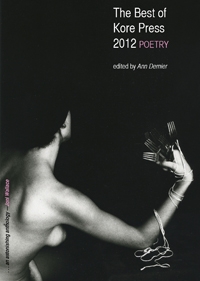
“The Best of Kore Press 2012 Poetry,” which Bowden describes as “a landmark publication since we’ve never done something like this before and we published it the year of our anniversary.”
Book cover photo by Valerie Galloway
Late October saw Kore Press’ downtown adobe office filling up with artwork – donations from local artists for the non-profit press’ 20th anniversary fundraiser, garden party and art auction on Nov. 10.
A large assemblage, eight framed pieces, from local artist Eva Harris had arrived since the last time co-founder and Executive Director Lisa Bowden had been in. She gazes at the accumulation with appreciation and curiosity, while Director of Operations and Development Therese Perreault describes the work.
“These are from Eva, calligraphy pieces done in the traditional form,” Perreault says while pointing to the compact disks that are accompanying each piece. “She listens to music when she works, and includes the CD and the track that inspired the piece.”
Everything is lying face down. Bowden exhibits patience even though it is clear she is itching to look at them. “It can wait,” she smiles, and leads me over to their library to explain the work published by the press. Bowden pulls out a chapbook and details how Kore Press offers a short fiction award for a single short story, in addition to its first book award for poetry.
“We have a big name judge and we publish it in a chapbook. The design is 8-1/2 by 11 (inches) folded in half, quick and dirty and interesting and compelling, like a short story. We do some kind of handmade element,” Bowden points to the 2010 short fiction award winner, Heather Brittain Bergstrom’s All Sorts of Hunger cover.
“In this case it’s a knot sewn through the Os in the title. Leslie Marmon Silko judged this one and Heather Brittain Bergstrom just signed a two book deal with big publishers in New York. She’s a Northwest writer and writes a lot about the sex worker industry in that part of the country. The voices of her characters are really interesting and unusual.”
Brittain Bergstrom’s book deal illustrates Kore Press’ success in its charge as a feminist press to elevate women’s voices and push to change the dominant paradigm of gender inequity in publishing.
“Women are unrepresented in creative writing and literary worlds, and in the publishing world and in the journalism world and in the media world, just like they are everywhere else.” She says it simply, and refers to Kore’s informational pamphlet that lists these statistics:
- Only 29% of the members of the New York Times editorial board are women; 35% of The Wall Street Journal; 40% of the Los Angles Times.
- Since 1948, the Pulitzer Prize for Fiction has been awarded to 42 men and 17 women.
- Since its inception in 1923, Time Magazine has had only one female editor.
- In 1980 there were over 40 feminists presses in the U.S. Now there are 10, eight are non-profit. Three have lasted over 20 years. One of them is Kore.
- Kore has published over 120 female writers and has launched over 50 careers.
We step back two decades, to the beginning of Kore in October 1993. As conversations between creatives are wont to do, the idea that sprung from the minds of Karen Falkenstrom and Bowden took hold, became a reality and grew.
“We discovered there wasn’t anything like it in the Southwest, per se. In California, yes, and it just kind of took off from there. We were talking over coffee at The Cup Cafe and just decided, ‘We’re going to do it, we’re going to make it happen’.”
In the fall of 1993, Bowden had come out of the university’s English department and had been working for several years with Charles Alexander at Chax Press (“it was all about letter press printing and hand binding, mixing inks and using this wonderful old machines to make books”), Falkenstrom had been an MFA student and assistant to the director at the UA Poetry Center at the time, Alison Deming.
Synchronicity steps in when Alexander takes a job in the Midwest and sells the press to Kore; serendipity came along to bring Kore its first publication, Alison Deming’s manifesto Girls in the Jungle: What Does it Take for a Woman to Survive as an Artist?
Bowden had heard Deming present that 10 point manifesto at the Tucson Museum of Art’s exhibit of Guerrilla Girls posters. “Oh, yeah, I want that, I want that, that’s what I want to do, that’s what we’re about,” Bowden says, remembering the inspiration and excitement. “It was one of those light bulb moments. And Karen was working with Alison at the time at the Poetry Center and she just asked her. And I thought, ‘Well, that was easy, she just gave us a piece to publish’.”
The broadside was easy to publish; however the press’ first book Helen Groves, by Olga Broumas and T Begley, was done by hand and took a year and a half to produce 200 copies. “It was laborious and beautiful and kind of an exquisite thing,” Bowden shares. “From that point, we went back and forth between the two” forms of publishing.
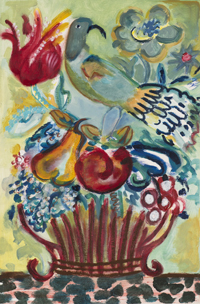
This piece by Cynthia Miller is an auction offering at the garden party, Nov. 10.
“To me, what was important to establish was the value of aesthetics and beauty and the care that went into the making of the book was a way of honoring the labor of the writer. Sort of in-kind, because we weren’t making anybody any money, so to really lift up those voices with beauty and aesthetics and sort of arrest people visually as much as the words would do otherwise. Those were my skills, that is what I brought to the table.”
While Kore has mostly moved away from the labor intensive book-as-art publishing, its efforts to elevate the voices of women has manifested in other ways, through community engagement and working with young women to inspire and provoke their minds and realities.
As the press moves forward, the next steps include progressing into the national arena with a national board of directors, recognizing that “our books are distributed nationally, we have national and international submissions for our contests, and so, by the nature of what we do, we have a national and international audience” Bowden states.
“Sustaining is a whole other thing and that’s what we’re really interested in now, looking at what we’ve done and how to sustain that. And the track record that we have, not just in terms of longevity, but the kind of reach and impact that we’ve had with our projects is compelling to a lot of people.”
University of Arizona Art Professor Ellen McMahon is one of those people.
“Lisa Bowden and I shared a studio when she founded Kore Press and I’ve been a supporter since then,” McMahon writes via email. “I think I’ve donated work to every auction they’ve had. Kore is doing amazing and important work, encouraging and supporting women to get their ideas and voices out into the world. I have great respect for Lisa and the organization she has grown over these years and I’m glad to be a contributor.”
Local artist/auction consultant Valerie Galloway agrees, saying “Many women have benefited from Kore Press and the exposure they have received. I think it’s important for individual members of artistic communities to help each other and support each other, and this is a wonderful way to do that. I admire Lisa so much for her tireless dedication to women writers and the arts in Tucson.”
Mixed-media artist and art donor Cynthia Miller shares, “I have always been a supporter of Lisa Bowden and Kore Press, even before Kore, when Lisa worked with Chax Press at the Steinfeld Warehouse. Lisa’s commitment to the craft of contemporary bookmaking is well met by the writing women of our generation. Kore Press celebrates everyone. I am just happy to be a small part of it all.”
Be a part of Kore Press’ 20th Anniversary celebration, fundraiser and art auction on Sunday, Nov. 10 on the lawns of the Franklin House, 402 N. Main Ave., from 2 p.m.-6 p.m. Tickets are $25 in advance, $30 at the door. Children under 12 are free. The price includes light fare, drinks and bidding privileges on the work donated by over 30 artists. Tickets available at KorePress.org or by calling (520) 327-2127.
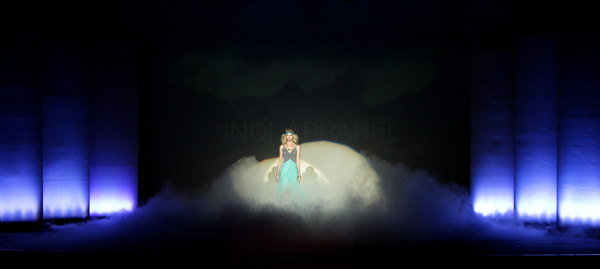

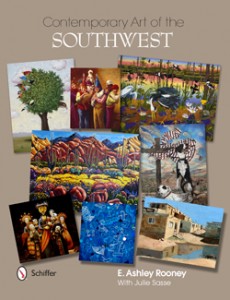 Schiffer Publishing recently issued a gorgeous compendium of Southwestern artists and their work, covering Arizona, New Mexico, Oklahoma and Texas. While the artists included is just over 100—admittedly low for the depth and breadth concentrated in just Tucson alone—the author does say in her introduction that “The Southwest is rich with artists. I could have easily produced a book with 200 artists and still not have exhausted the talent to be found in this region.”
Schiffer Publishing recently issued a gorgeous compendium of Southwestern artists and their work, covering Arizona, New Mexico, Oklahoma and Texas. While the artists included is just over 100—admittedly low for the depth and breadth concentrated in just Tucson alone—the author does say in her introduction that “The Southwest is rich with artists. I could have easily produced a book with 200 artists and still not have exhausted the talent to be found in this region.”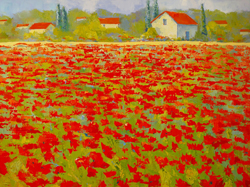
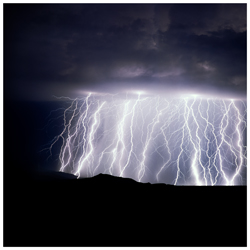
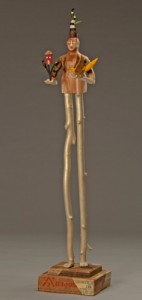
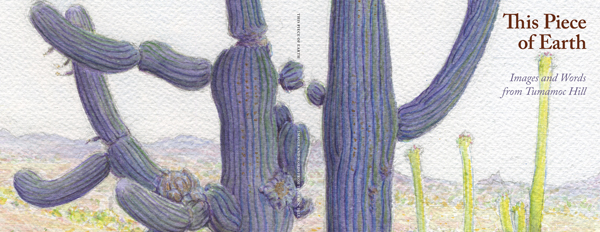
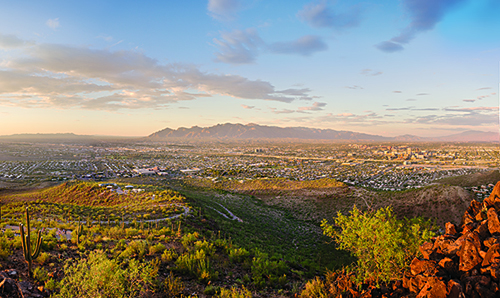
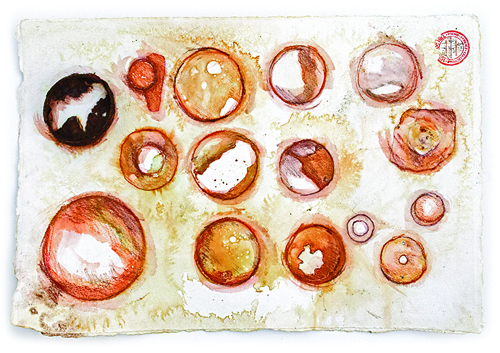
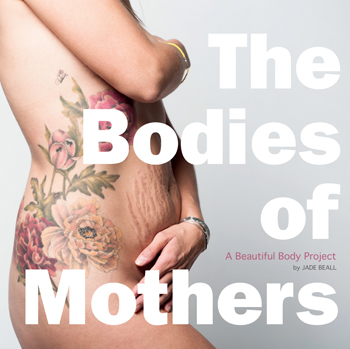
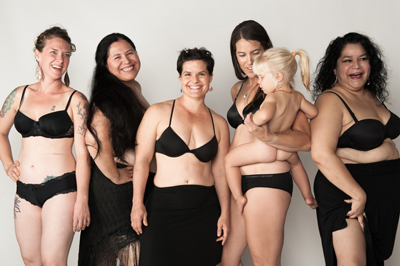

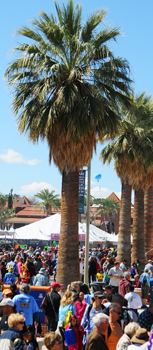
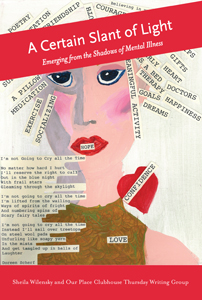
 What will your true love give to you in this month of holiday everything? These suggestions from local taste makers help expand definitions of holiday and get everyone in the zone.
What will your true love give to you in this month of holiday everything? These suggestions from local taste makers help expand definitions of holiday and get everyone in the zone.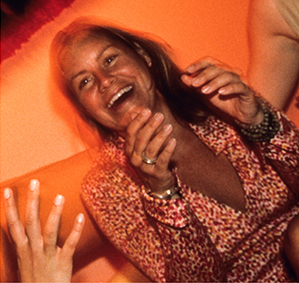
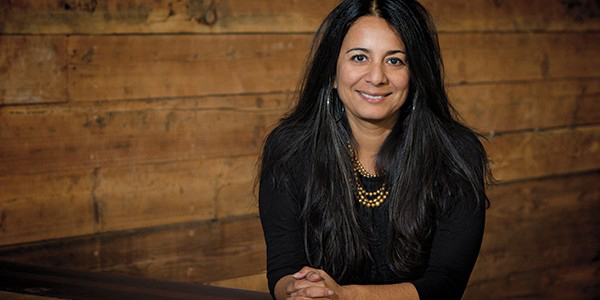
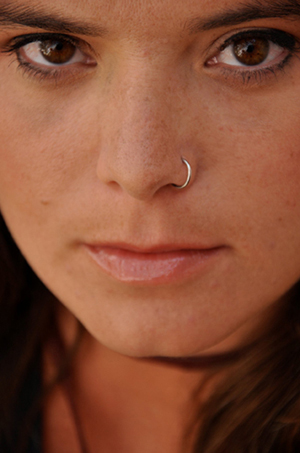
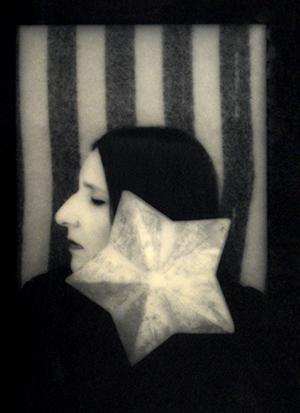
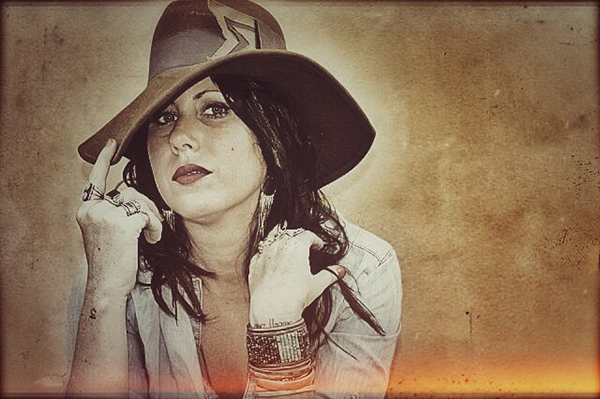
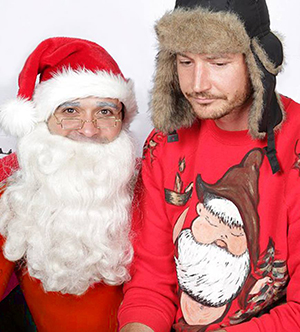
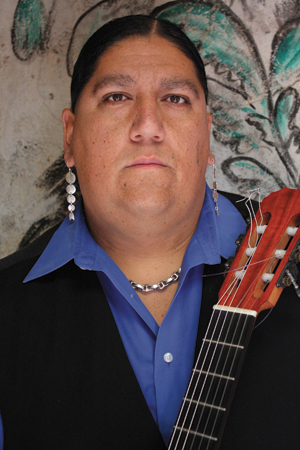


 A Century of Beer in the Grand Canyon State
A Century of Beer in the Grand Canyon State




Also find us on...